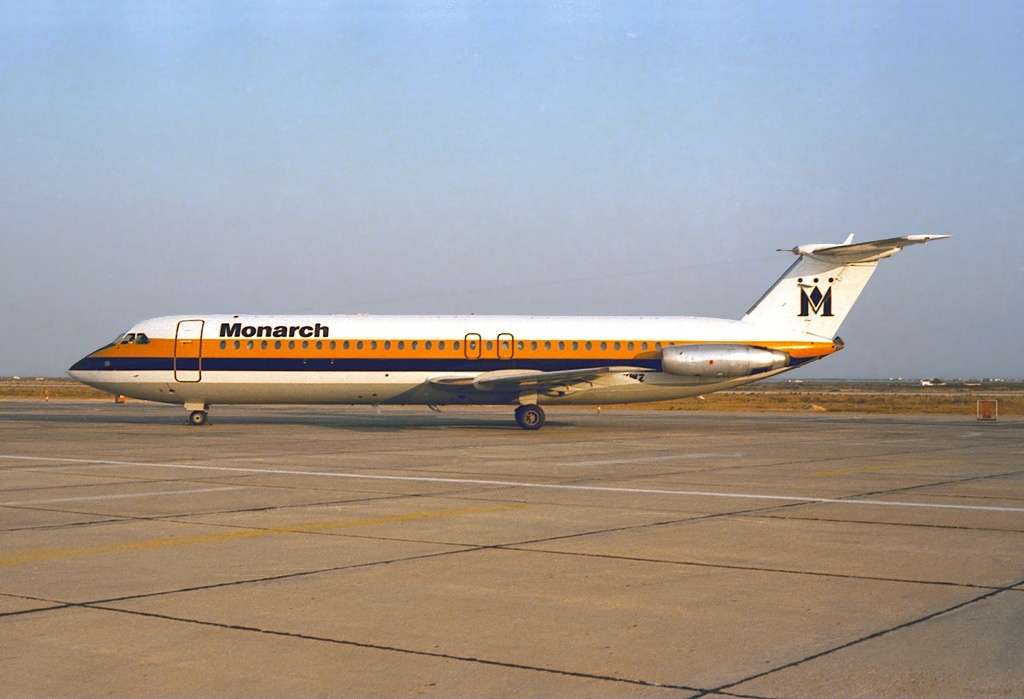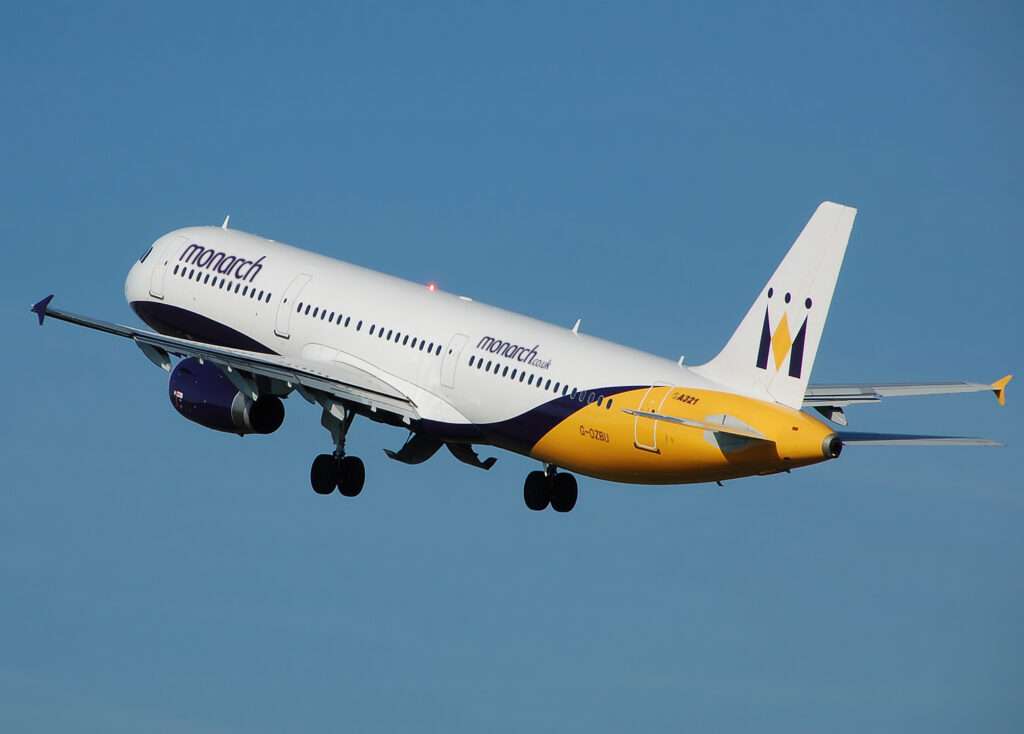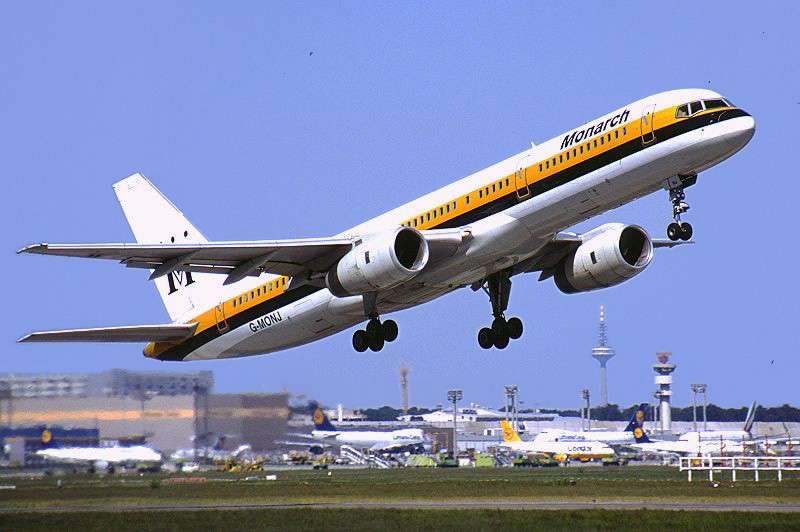With the latest news about Monarch Airlines being revived, let’s take a look back at the history of the carrier that operated between 1967-2017.
Over the weekend, it was confirmed that the airline will be coming back to life, following new investment, it’s website changing, and plans to launch in mid-2024.
Without further ado, let’s get into it…
The History of The “Old” Monarch Airlines…
Monarch Airlines was a British charter and scheduled airline that operated from 1967 to 2017.
It was founded by Bill Hodgson and Don Peacock, two former directors of British Eagle Airlines.
The airline’s headquarters were based at London–Luton Airport, and it had operating bases at Birmingham, Leeds/Bradford, London–Gatwick and Manchester.
It’s Founding…
Monarch Airlines was established on 5 June 1967. The airline’s initial fleet comprised a pair of Bristol Britannia turboprops, both ex-Caledonian Airways.
The aircraft were serviced in a single hangar at Luton.
Monarch’s first flight took place on 5 April 1968. The flight was an inclusive tour charter from Luton to Madrid.

Click the banner to subscribe to our weekly newsleter.

[monsterinsights_popular_posts_inline]
Monarch quickly grew in the early years, and by 1972, it was carrying no less than 500,000 passengers.
During 1971, Monarch entered the jet age, having completed arrangements for the acquisition of an initial batch of three Boeing 720B jetliners to its fleet.
The first jet service began on 13 December 1971, with a flight from Luton to Palma de Mallorca.
The arrival of the jets allowed Monarch to expand its network to new destinations, including Greece, Turkey, and the Caribbean.
The airline also began to offer scheduled services in addition to its charter flights.
The 1980s and 1990s…


Monarch continued to grow rapidly in the 1980s and 1990s.
The airline acquired a number of new aircraft, including Boeing 737s and Boeing 757s.
Monarch also expanded its network to new destinations, including Egypt, Morocco, and the United States.
In the 1990s, Monarch faced increasing competition from low-cost airlines such as Ryanair and EasyJet.
The airline responded by reducing its costs and focusing on its core market of British holidaymakers.
In 2004, Monarch rebranded itself as a low-cost airline.
The 2000s and 2010s (Consisting of the End for the “Old” Monarch)…


Monarch continued to grow in the 2000s, but it faced financial difficulties in the early 2010s.
The airline was hit by a number of factors, including the rise of the euro, the Icelandic volcanic ash cloud, and the 2011 European debt crisis.
In 2014, Monarch was sold to the investment firm Greybull Capital. The new owners imposed a number of cost-cutting measures, which led to strikes by Monarch staff.
In 2017, Monarch entered administration and ceased operations.
The collapse of Monarch was the biggest airline failure in UK history at the time.
The legacy of the “Old” Monarch Airlines…


The collapse of Monarch was a major blow to the British travel industry. It left thousands of passengers stranded and caused widespread disruption.
The government was forced to step in and repatriate stranded passengers.
The history of Monarch Airlines is a cautionary tale about the challenges facing the airline industry.
It is a reminder that even well-established airlines can be vulnerable to financial difficulties.
The future of Monarch Airlines…
The collapse of the airline left a void in the British travel industry.
The likes of Jet2 and TUI were keen to fill that void up pretty quickly as market share was being recaptured by the two carriers.
The collapse of the carrier was a sad chapter in the history of the British airline industry. However, it is also a reminder of the resilience of the industry.
What remains clear is that a new chapter could very well be evolving here, especially if the carrier can restart operations under the direction of chairman Daniel Ellingham. Watch this space.



Click the banner to subscribe to our weekly newsleter.









